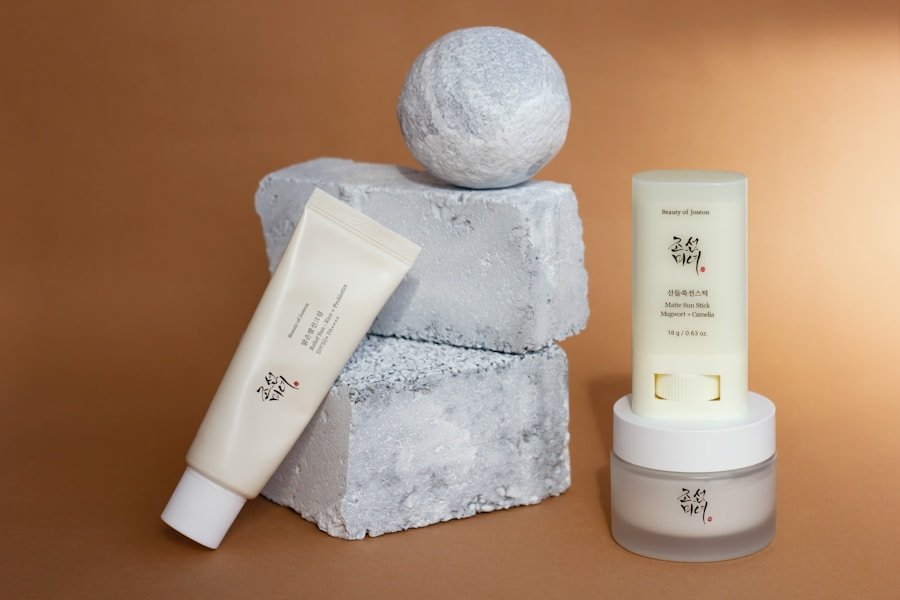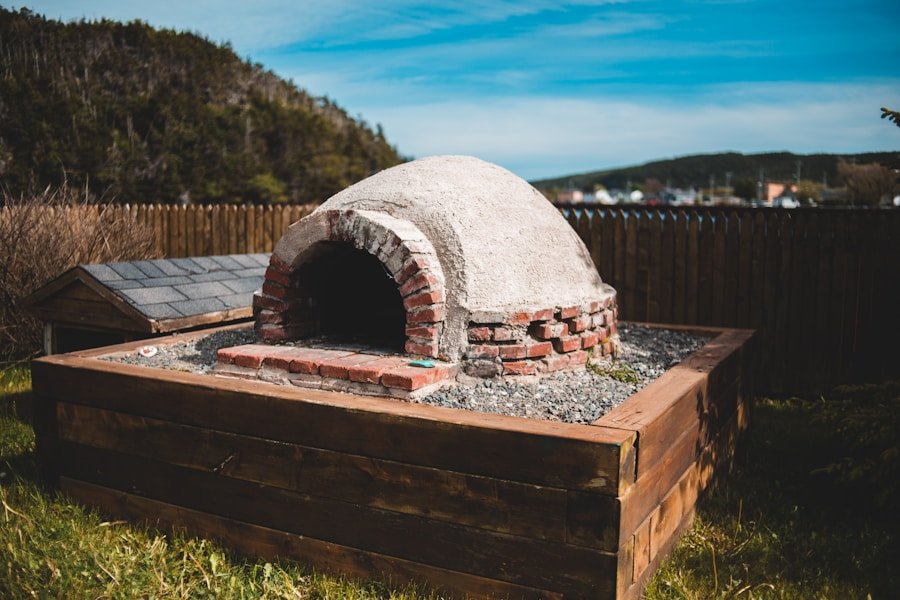Emergency blankets, also referred to as space blankets or thermal blankets, are lightweight, compact sheets composed of a reflective material, typically aluminum-coated polyester. Their primary function is to retain body heat and prevent hypothermia in cold weather conditions. However, their utility in hot weather scenarios is often underappreciated.
These blankets are commonly utilized by outdoor enthusiasts, emergency responders, and survivalists, but their potential application in hot climates is not as widely acknowledged. Emergency blankets are designed to reflect and retain body heat, but they can also be employed to deflect external heat away from the body. This property makes them a valuable tool for staying cool in hot weather.
The reflective material of the blanket can effectively block the sun’s rays, preventing the body from absorbing excessive heat. Although emergency blankets are not a traditional choice for hot weather, their heat-reflective properties render them a versatile tool for maintaining comfort in diverse climates.
Key Takeaways
- Emergency blankets can be used in hot weather to reflect heat and provide shade.
- The science behind heat reflection shows that emergency blankets can help regulate body temperature in hot climates.
- Potential benefits of using emergency blankets in hot weather include preventing heat exhaustion and dehydration.
- Considerations for using emergency blankets in hot climates include ensuring proper ventilation and hydration.
- Alternatives to emergency blankets for hot weather include lightweight, breathable fabrics and portable shade structures.
The Science Behind Heat Reflection
The science behind the effectiveness of emergency blankets in hot weather lies in their ability to reflect heat. When the sun’s rays hit the reflective surface of the blanket, they are bounced away from the body rather than being absorbed. This can help to prevent the body from overheating and can provide a barrier against the intense heat of the sun.
Additionally, the reflective material of the blanket can also help to prevent radiant heat from the ground from being absorbed by the body, further aiding in staying cool in hot weather. The reflective properties of emergency blankets are based on the same principles that make them effective in cold weather. By reflecting heat away from the body, they can help to maintain a more comfortable temperature in hot climates.
While they may not provide the same level of insulation as they do in cold weather, their ability to reflect heat can still make them a valuable tool for staying cool in hot weather conditions.
Potential Benefits of Using Emergency Blankets in Hot Weather
There are several potential benefits to using emergency blankets in hot weather. One of the primary benefits is their ability to reflect heat away from the body, helping to prevent overheating and heat-related illnesses. This can be particularly valuable in situations where access to shade or air conditioning is limited.
Additionally, emergency blankets are lightweight and compact, making them easy to carry and deploy when needed. Another potential benefit of using emergency blankets in hot weather is their versatility. In addition to using them as a barrier against external heat, they can also be used as a makeshift shelter or sunshade.
This can provide additional protection from the sun’s rays and help to create a more comfortable environment in hot climates. Additionally, emergency blankets can be used to collect and store rainwater, providing a potential source of hydration in emergency situations.
Considerations for Using Emergency Blankets in Hot Climates
| Question | Answer |
|---|---|
| Can emergency blankets be used in hot weather? | Yes, emergency blankets can be used in hot weather to reflect the sun’s heat away from the body and help prevent overheating. However, it’s important to stay hydrated and seek shade when possible. |
While emergency blankets can be a valuable tool for staying cool in hot weather, there are some considerations to keep in mind when using them in hot climates. One consideration is that the reflective material of the blanket can make them uncomfortable to use directly against the skin in extreme heat. To mitigate this, it may be helpful to use the blanket as a barrier between the body and clothing or other materials to prevent direct contact with the reflective surface.
Another consideration is that emergency blankets may not provide as much insulation in hot weather as they do in cold weather. While they can help to reflect heat away from the body, they may not be as effective at retaining body heat in cooler temperatures. It’s important to use them in conjunction with other methods of staying cool, such as seeking shade, staying hydrated, and wearing lightweight, breathable clothing.
Alternatives to Emergency Blankets for Hot Weather
While emergency blankets can be effective for staying cool in hot weather, there are also alternative methods for staying comfortable in hot climates. One alternative is to use lightweight, breathable clothing that provides sun protection and helps to wick away sweat. Additionally, seeking shade and staying hydrated are important strategies for preventing heat-related illnesses in hot weather.
Another alternative is to use portable fans or misting devices to create a cooling breeze and lower the ambient temperature. These can be particularly valuable in situations where access to air conditioning is limited. Additionally, using umbrellas or sunshades can provide protection from the sun’s rays and help to create a more comfortable environment in hot climates.
Tips for Using Emergency Blankets in Hot Weather
When using emergency blankets in hot weather, there are several tips to keep in mind to maximize their effectiveness. One tip is to create a makeshift shelter or sunshade using the blanket to provide additional protection from the sun’s rays. This can help to create a more comfortable environment and prevent overheating.
Another tip is to use the blanket as a barrier between the body and clothing or other materials to prevent direct contact with the reflective surface. This can help to mitigate any discomfort caused by the reflective material when used directly against the skin. Additionally, it’s important to stay hydrated and seek shade whenever possible when using emergency blankets in hot weather.
While the blankets can help to reflect heat away from the body, it’s important to use them in conjunction with other methods of staying cool to prevent heat-related illnesses.
The Versatility of Emergency Blankets
In conclusion, emergency blankets can be a valuable tool for staying cool in hot weather. Their ability to reflect heat away from the body makes them a versatile option for creating a more comfortable environment in a variety of climates. While they may not provide the same level of insulation as they do in cold weather, their lightweight and compact design make them easy to carry and deploy when needed.
By understanding the science behind heat reflection and considering the potential benefits and considerations for using emergency blankets in hot climates, it’s clear that they can be an effective tool for staying cool in hot weather. Additionally, there are alternative methods and tips for maximizing their effectiveness and staying comfortable in hot climates. Overall, emergency blankets are a versatile and valuable tool for staying comfortable and safe in a variety of weather conditions, including hot climates.
Whether used as a barrier against external heat, a makeshift shelter or sunshade, or a source of rainwater collection, their reflective properties make them an essential item for any outdoor enthusiast or emergency preparedness kit.
FAQs
What are emergency blankets used for?
Emergency blankets are typically used to retain body heat and prevent hypothermia in emergency situations. They are commonly used by hikers, campers, and emergency responders in cold weather conditions.
Can emergency blankets be used in hot weather?
Yes, emergency blankets can be used in hot weather to reflect the sun’s heat away from the body, helping to prevent overheating and dehydration. They can also be used as a makeshift shade or shelter from the sun.
How do emergency blankets work in hot weather?
Emergency blankets work in hot weather by reflecting the sun’s heat away from the body, helping to maintain a cooler body temperature. They can also be used to create shade and reduce the risk of heat-related illnesses.
Are there any drawbacks to using emergency blankets in hot weather?
One potential drawback of using emergency blankets in hot weather is that they may not be as effective in extreme heat conditions. Additionally, the reflective material may cause discomfort if it comes into direct contact with the skin. It’s important to stay hydrated and seek shade when using emergency blankets in hot weather.













